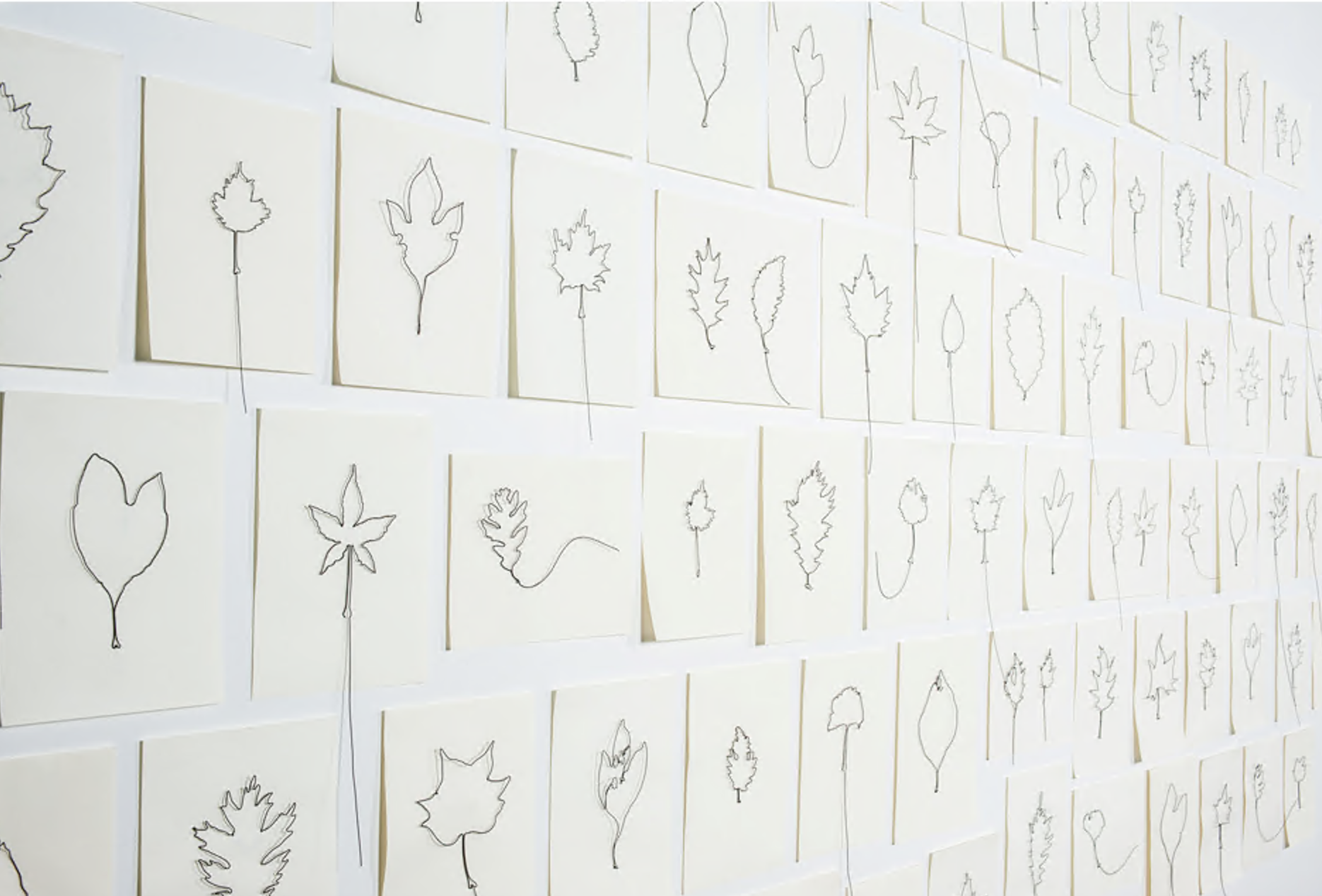From the Curator: Who Writes History?
 An excerpt from an essay by Randy Williams, Co-Curator of ArtsWestchester’s Who Writes History? exhibition
An excerpt from an essay by Randy Williams, Co-Curator of ArtsWestchester’s Who Writes History? exhibition
Who Writes History? is an exhibition that investigates four major themes in the fine arts. It helps to reshape historical objects, keep records, reinterpret monuments and make history….
As we refer to these themes, we may want to acknowledge that art is perhaps most effective when there are educational elements rooted in the work. This informative process can be overt or benign.
“Reshaping Historical Objects” allows the artist to have a dialogue within their social order. This process helps the artist to reshape physical materials into visual artifacts. Shaping, reshaping and defining physical materials helps to classify items into a new role. The viewer’s familiarity with the original materials helps in building a connection and encourages conversations with the viewer and the art objects. The artist helps to bridge the physical world and the art world by creating a relevant equivalent.
“Record Keeping” can be viewed as defining recorded experiences in a resourceful way to help balance historical omission.
“Reinterpreting Monuments” helps us to review what we learn. Monuments can mark a one-point perspective. It is the responsibility of self-selected artists to reinterpret their history if that history is fragmented or presents a false representation of the facts. These artists can offer unrevealed versions of their history.
“Making History” is what we all do; we all make history. Artists use their discipline to record their history as well as our history. It is the quality of recording those events that garners the most attention by elevating truth and omitted perspectives.
When history is reflected in a convex mirror, the truth is sometimes selective and fragmented. These distortions often represent a narrow perspective of past events, magnifying the accomplishments of some and diminishing the accomplishments of others. We must be mindful that life is what we live, and language alone is an inadequate means of capturing accurate events. If we wish to experience a redeemable truth, we must be willing to view history in a true mirror, with multiple images that reflect a greater record of historical events. Our record of past events must have a diverse vision, as well as multiple voices. We must correct the way in which we encounter past events, and one way of addressing this historical deficit is to ask the question “Who writes history?” We must then listen for the answers.
In A People’s History of the United States, author Howard Zinn states that “one version of history might revolve mainly around a specific set of facts, while another version might minimize them or not include them at all.” Zinn’s view of “history as a weapon” has motivated artists to revise their views and approaches to their historical culture. Like social scientists, artists must do their research. The artists must create their artworks with deliberate intent and a directed force. Yet more importantly, the artists must view their work not only as a weapon but as a tool to filter their accounts of their experiences. The artist understands that the essence of lived experiences can be scrutinized in many ways. The artist may interpose a haiku approach to past events or choose to use a chronicle citing of events. The artist may view past events as a chronological passage of time or simply see the past as chaotic and random. What’s important is that the artist creatively shares their evidence, realizing that when the truth is accessible, a fuller version of history is also accessible. Multiple approaches to viewing history can help to expand the caretakers of history. By adding additional voices to the chorus of history, we make listening to the stories of the past accessible, comfortable inclusive and meaningful.
A members-only reception for Who Writes History? will take place on April 23 in ArtsWestchester’s gallery in White Plains.
A version of this article first appeared in the April 2022 issue of ArtsNews, ArtsWestchester’s monthly publication. ArtsNews is distributed throughout Westchester County. A digital copy is also available at artsw.org/artsnews.

